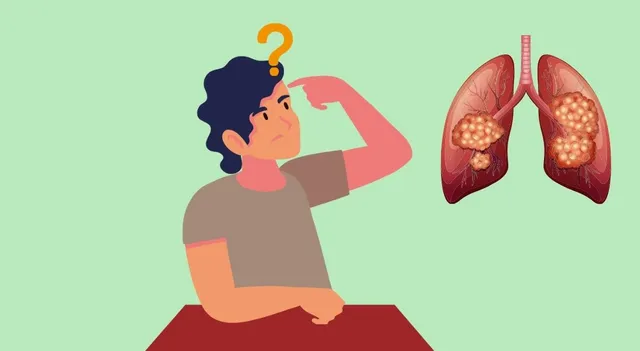- By Ridam Sharma
- Sat, 16 Aug 2025 08:05 PM (IST)
- Source:JND
Insect Without Lungs: When one thinks of animals, lungs will typically come to mind as a fundamental survival mechanism, just like human beings breathe, cats, or even fish, which have gills instead. However, did you know that there is one animal which spends its whole life without lungs?
Which Animal Survives Without Lungs?
That creature is the Trichoplax adhaerens, a tiniest microscopic animal from the phylum Placozoa.
Why Trichoplax Is Unique
Unlike other complex animals or even humans, Trichoplax lives on diffusion, which is a process through which oxygen comes through straight into Trichoplax 's body surface. It is only 1 mm in diameter and very thin; its cells can utilise oxygen without lungs, gills, or even any proper respiratory organs.
Why It Matters
To your surprise, Trichoplax is a living fossil, which has given scientists hints about the oldest animal life forms. Additionally, the survival without lungs, heart, or even brain overturns our understanding of what life requires. Also, by studying this creature, researchers can discover how simple life forms give rise to more complex animals.
Feature Details
| Feature | Details |
|---|---|
| Size | About 0.5–1 mm, barely visible to the naked eye |
| Body Structure | Flat, pancake-like, only a few cell layers thick |
| Respiratory System | None – oxygen diffuses directly into cells |
| Nervous System | Absent, but cells communicate chemically |
| Movement | Moves slowly using cilia (tiny hair-like structures) |
| Habitat | Marine environments, usually on warm ocean surfaces |
Can Ants Also Breathe Without Lungs?
Trichoplax is the only animal that is known to survive without lungs. Other than trichoplax, ants are also animals that manage to live without a conventional respiratory system. In place of lungs, ants respire through a series of minute tubes known as spiracles linked to internal air sacs and tracheal tubes. These openings extend all over their body and enable oxygen to diffuse directly into the tissue and carbon dioxide out.
This effective system maintains their energetic way of life, from foraging to being able to move objects several times heavier than themselves. The only known creature able to live totally without lungs is Trichoplax adhaerens. This small flat creature survives by utilising the energy of diffusion, demonstrating to us that survival in nature does sometimes take the simplest of forms.

